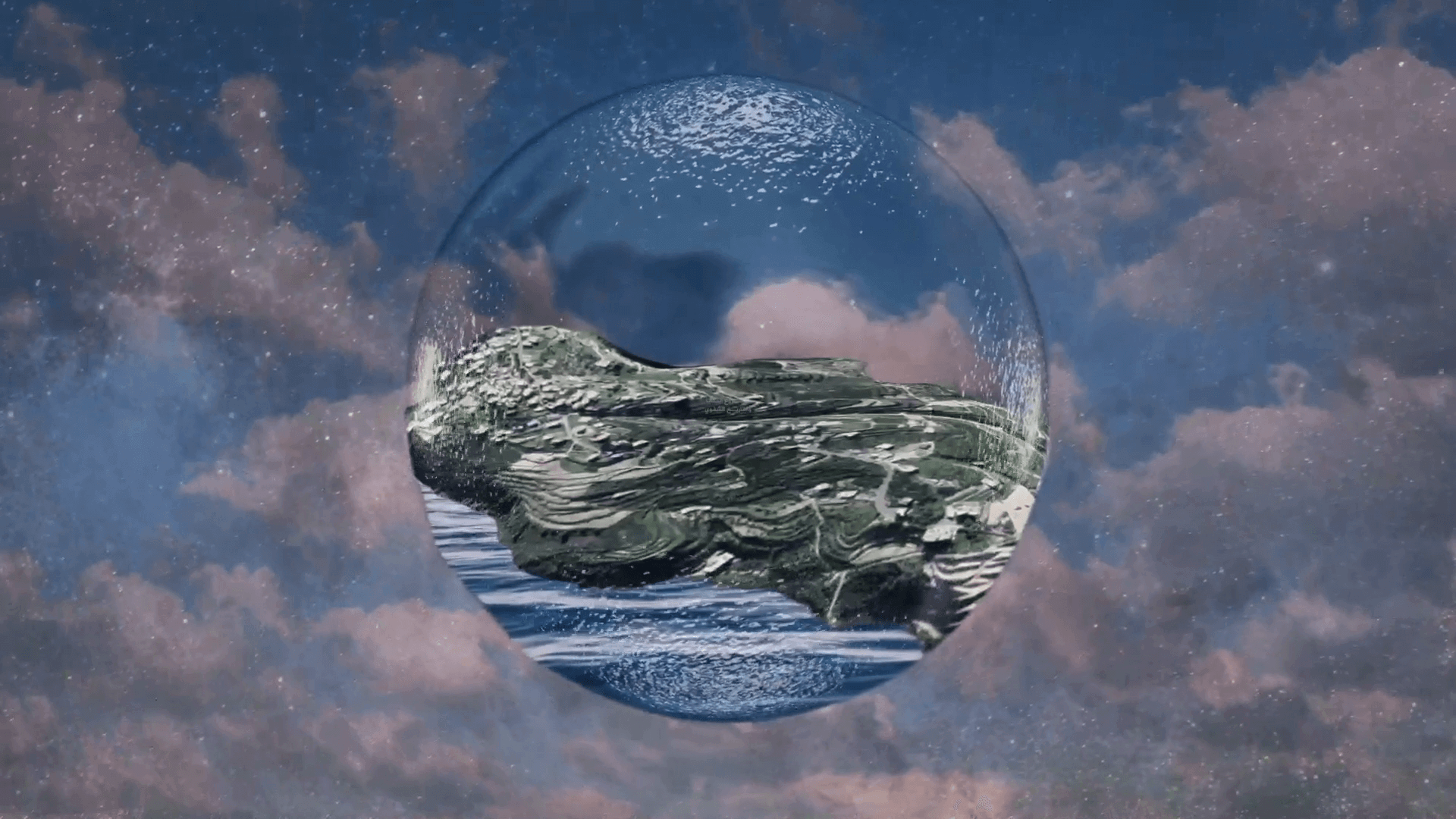created by Asmaa Ghrawi
We are very happy to share with you the most recent addition to our oral history and storytelling archive: a video project that brings together the many stories told in the interviews conducted by the three oral history researchers we worked with last year, centered around the theme of spatial experiences. Below, we write about the process that led to working on this video, and the questions and shifts that have taken place in our most recent work.
٠٠٠
Throughout the past two years, we have been experimenting with our oral history project: with how we document, with the questions we ask, the themes that can be explored through oral history, the mediums we use to tell stories. While the project has always centered the storytellers of archive, these questions arose because we also want to explicitly center the element of storytelling.
One big part of this shift was to bring in a thematic element to interviews in the oral history archive. While the core of an oral history interview lies in a storyteller’s detailed autobiographical narrative, capturing life stories through a particular theme can bring a certain depth to them.
In 2020, one of the themes we delved into was spatial experiences, with the researcher Yara Ayoub. The women in her interviews shared their stories through the lens of the different spaces they’ve inhabited, travelled between and within, navigated, at various points in their lives. The three oral history projects of 2021, conducted by researchers Jinane Diab, Lama Abou Kharroub, and Cynthia Khoury, explored this theme further. Jinane collected the stories of several women from areas in Northern Lebanon – Tripoli, Nahr el Bared, Akkar – and brought out different elements of their lives in the region, specifically as they relate to the sea, nature, and city structures. Lama spoke with 3 young queer people about their experiences in the various public and private spaces they navigate regularly: homes, workplaces, cities, villages. Cynthia conducted oral history interviews with the eldest generation of women in her family, and their lives in and memories of their village Tebnine, in Southern Lebanon.
As we began to think alternatively about how we can capture oral histories, we also began to think alternatively about the documentation and interpretation of these stories and the lives they carry: how can they be imagined, characterized, and shared with the world?
We worked with artists to bring a new life to the oral history collection; Nader Tabri worked on rich and detailed illustrations embodying the archive and several of the themes housed in it – you can find these across the Storytelling & Oral History section of the website. Sandra Sayej put together an audio piece featuring interview snippets from the 2021 interviews, composed with music and paired with a visual created by Asmaa Ghrawi; a kind of precursor to the video above.
And here, we share with you this video: created by Asmaa, it is a composition and compilation of moments from four different interviews from the three projects of the year, an audio-visual narrative of spatial experiences and beyond. Through voice, music, and montage, this video is a reimagining of oral history documentation – bringing together multiple stories, engaging our multiple senses, folding together layers of sound and image to hold up, in all their multitudes, each story being shared. But in this, it also re-exposes the essence of oral history documentation: the importance of detail, of centering the storyteller, of recognizing the subjectivity of her story and of our interpretation, of understanding that different people’s stories merge and diverge all the time.
This video is part and parcel of the archive, and marks our shift into exploring the various forms and functions of oral history documentation. At heart, this documentation is about collecting and sharing the stories and experiences of women and gender non-conforming people living across Lebanon, told in their own voices, capturing the extraordinary and the everyday. We want to continue expanding the scope and nuance of the stories, reflect on whose stories get to be heard and shared, and unearth silenced stories.
Thank you to everyone who contributed to this beautiful video, from the storytellers, to our oral history researchers and audio editors, to the artists who have worked closely with us to bring new life to the archive, and especially the oral histories that are included in this video.
